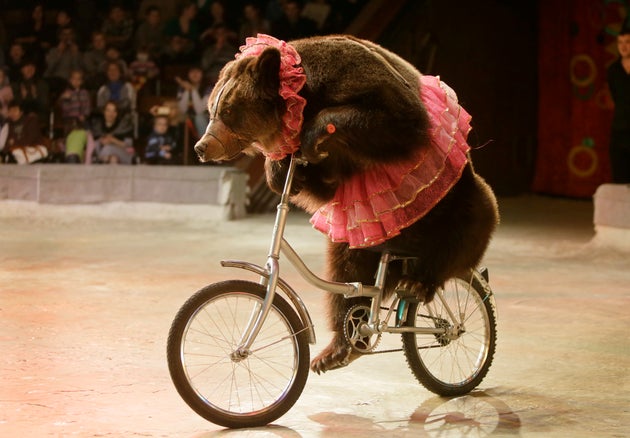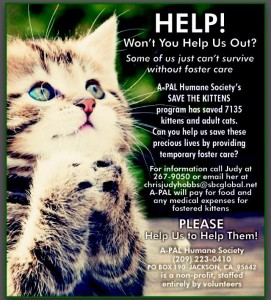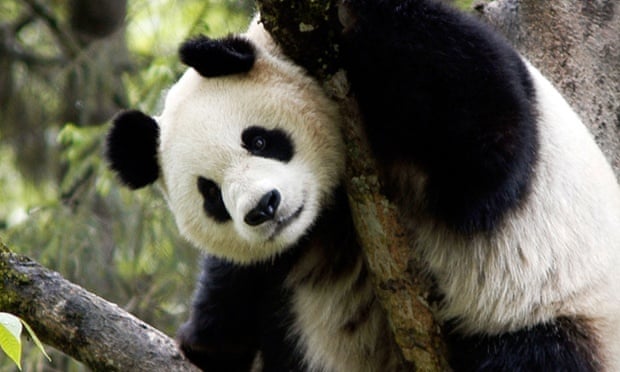Africa’s soccer greats meet… As union brings football players’ welfare to the
fore

Namibia’s commercial city Windhoek’s luxurious hub, the Hilton Hotel, will be
a hive of activity when the Namibia Football Players Union (NAFPU) hosts the
much-anticipated Division Africa Congress, which gets underway tomorrow
morning.
The gathering will be graced by retired African football greats such as
former Bayern Munich fullback and Ghanaian international Sammy Kuffour, Jeremy
Njitab (Cameroon) and Brave Warriors title-winning skipper Stigga Ketjijere,
among a dozen other high-profile personalities.
The two-day event will deliberate on the thorny issue of footballers’ status
with unions on the African continent and take stock of progress made so far as
well as map the way forward.
An excited president of NAFPU, former Brave Warriors’ dribbling wizard Lolo
Goraseb, expressed satisfaction with the progress made by the union since its
long overdue establishment in 2008.
He says there has been a wind of change in the mentality of local clubs, who
previously showed resistance to engage with the union on players’
grievances.
“This is the most appropriate time, we have just completed the constitutional
review of the country’s flagship league, NPL. We touched on the status review
that would allow us to put legal instruments in place thus obliging NPL clubs to
voluntarily recognise the union including its designated functions.”
Goraseb says the union’s tortoise pace approach was a result of the
conspicuous absence of a collective bargaining agreement with the NPL and its
affiliates. “There was no legal framework in place and that scenario hampered
our progress.”
New Era Sport has established that the NPL Statutes Review Committee has
undertaken to call into life the long properly constituted competent Dispute
Resolution Chamber (DRC) under the jurisdiction of the NFA.
It also resolved to appoint a competent independent NPL disciplinary
committee to deal with disputes. “For us, that status has been reviewed in the
best interest of players and from now onwards, we are going to deal with any
disputes, contractual or unfair dismissals.”
Goraseb expressed serious concern over the current status quo in domestic
football, citing the players’ lack of contractual understanding as a major
challenge.
“As a union, we strongly discourage our members from rushing into signing
contracts with their respective teams without being fully conversant with each
and every detail in the contract.”
The former Black Africa attacking midfielder adds that the union would
protect the interest of clubs should players be found in breach of their
contractual obligations.
The portfolio Minister Jerry Ekandjo will be among the dignitaries at the
opening ceremony this morning, while football heavyweights led by NFA President
Frans Mbidi, Johnny “JJD” Doeseb (NPL Chairman) and several captains of industry
would also be in attendance.





















 ion Security Administration (TSA)
officers said a woman’s seven-year-old chihuahua sneaked into her suitcase and
triggered a luggage screening alert at New York’s LaGuardia Airport last
week.
ion Security Administration (TSA)
officers said a woman’s seven-year-old chihuahua sneaked into her suitcase and
triggered a luggage screening alert at New York’s LaGuardia Airport last
week.